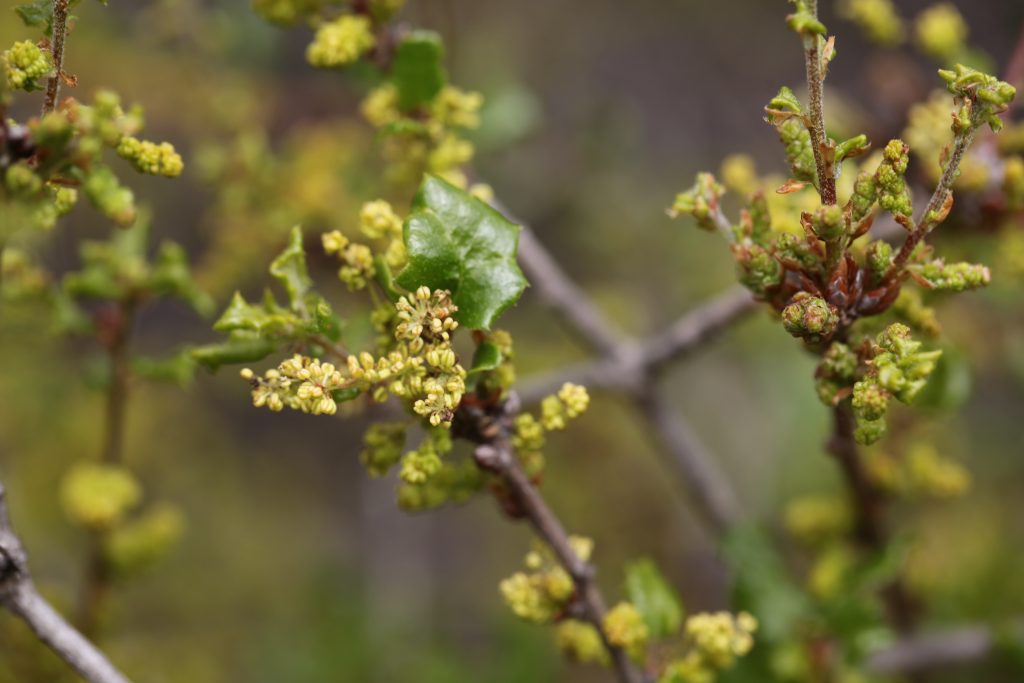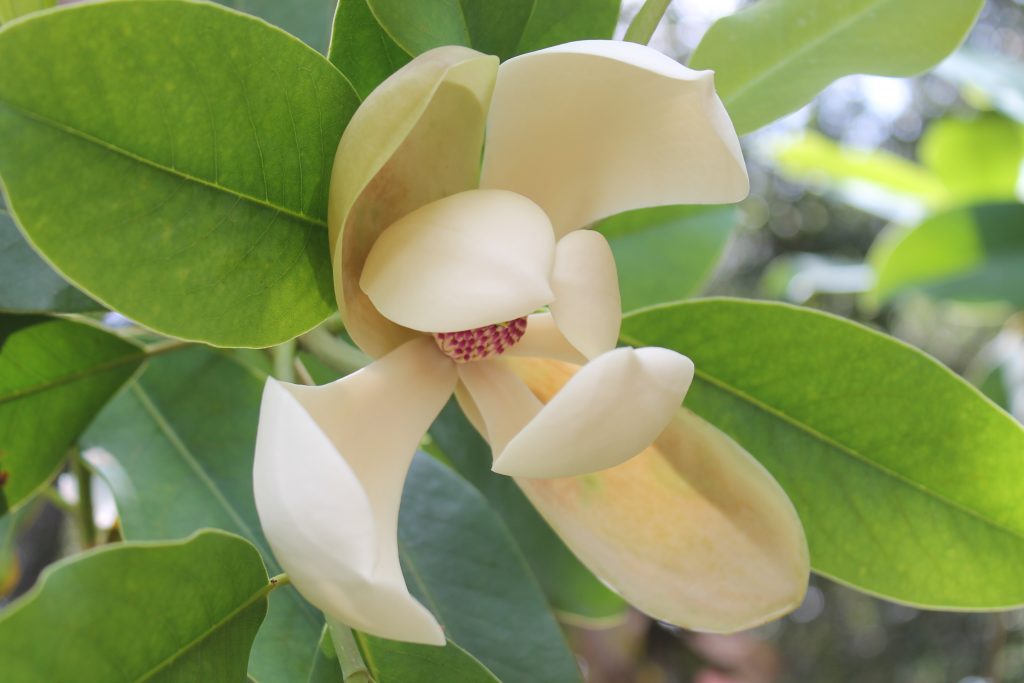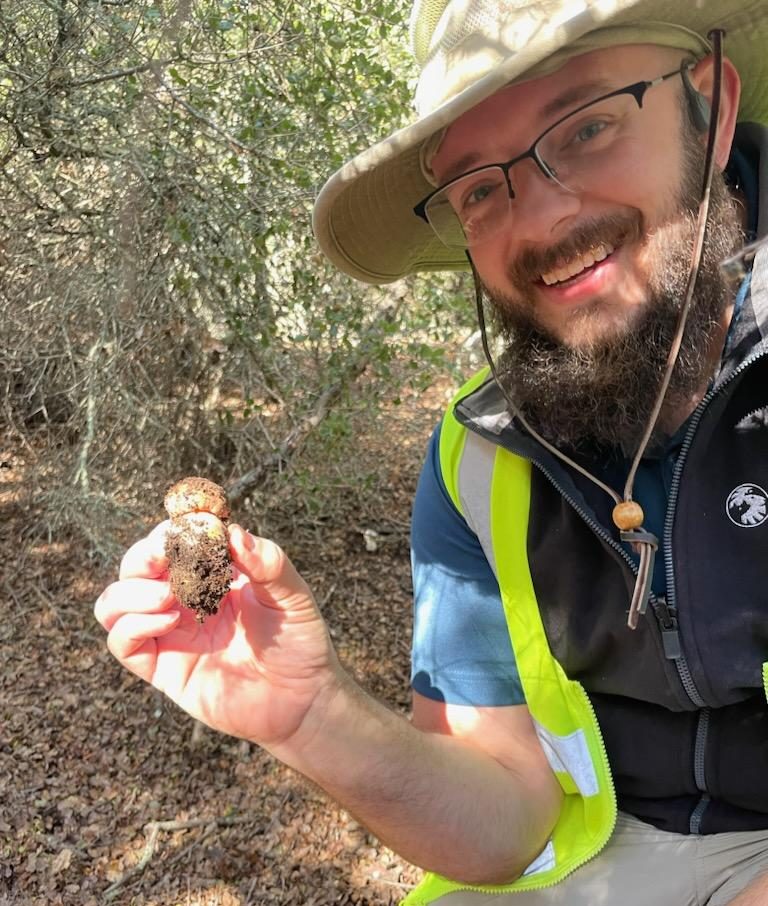
SePPCon 2024: Propagation Protocols & Programs Developing horticultural protocols for threatened Varronia species in Puerto Rico M.A. Hamilton* (1,2), M. Dani Sanchez (1,3), J. Rosario Santana (4), A Marrero (4), J.A. Duran Baez (4), E. Lopez (4), B. Sanchez Santana (5), O.A. Monsegur-Rivera (6) (1) South Carolina Botanical Garden at Clemson University, Clemson, SC, […]
Read More…
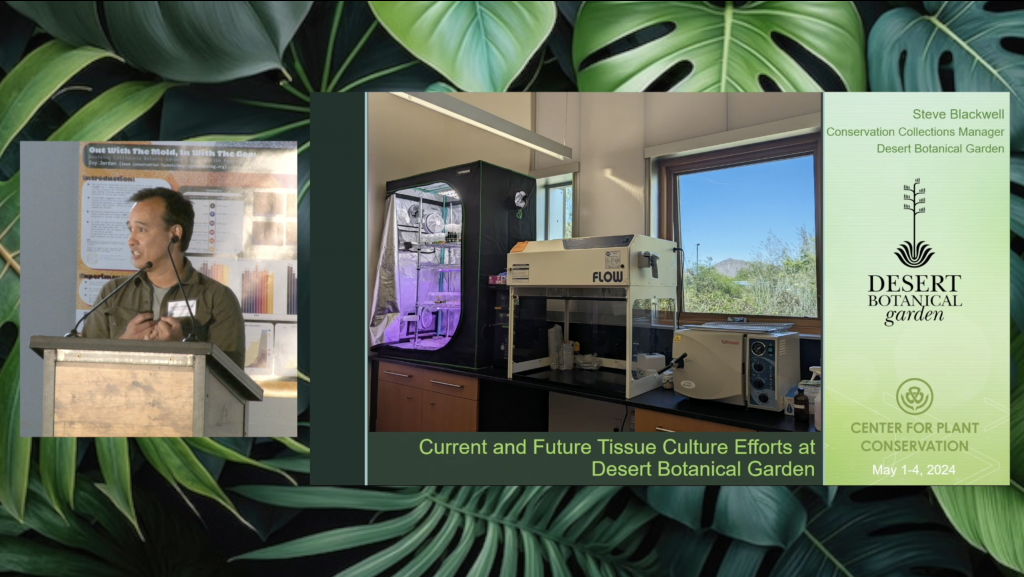
Micropropagation, commonly known as tissue culture, has long been recognized as a valuable tool for propagating rare plants in vitro, playing a pivotal role in plant conservation efforts. Despite its proven utility, tissue culture remains underutilized in many botanical institutions, primarily due to limited resources and perceived high costs associated with implementation. However, in 2020, […]
Read More…
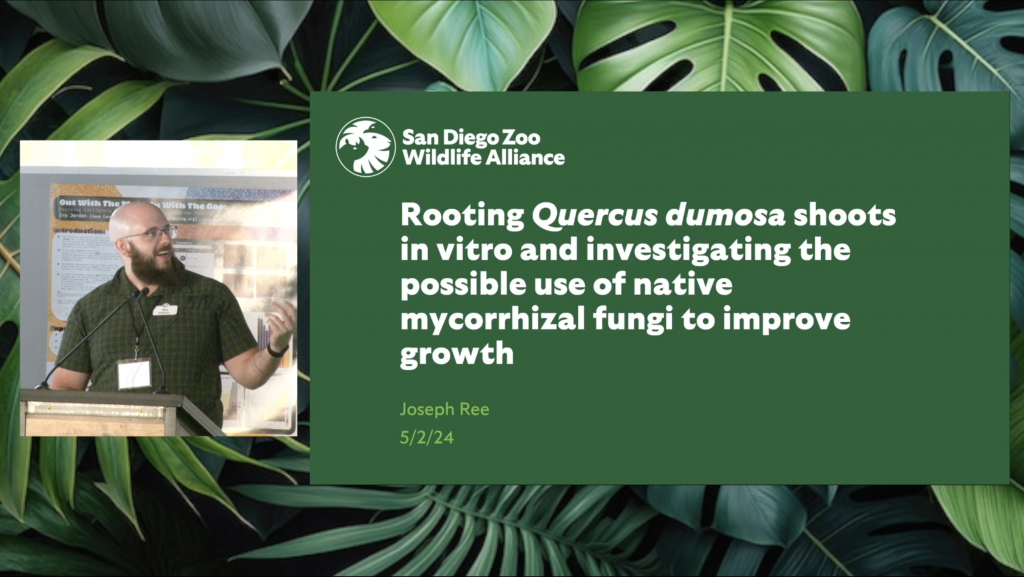
Quercus dumosa, or the coastal sage scrub oak, faces numerous threats to its native range, such as fires, urban development, and climate change. Unfortunately, Q. dumosa’s acorns cannot survive the dry conditions required for seed banking, and living collections require considerable space. One alternative for ex situ conservation is tissue culture, in which microplants from many individuals […]
Read More…
Asimina manasota plants growing in vitro at the Lindner Center for Conservation and Research of Endangered Wildlife at the Cincinnati Zoo and Botanical Garden (CREW). […]
Read More…
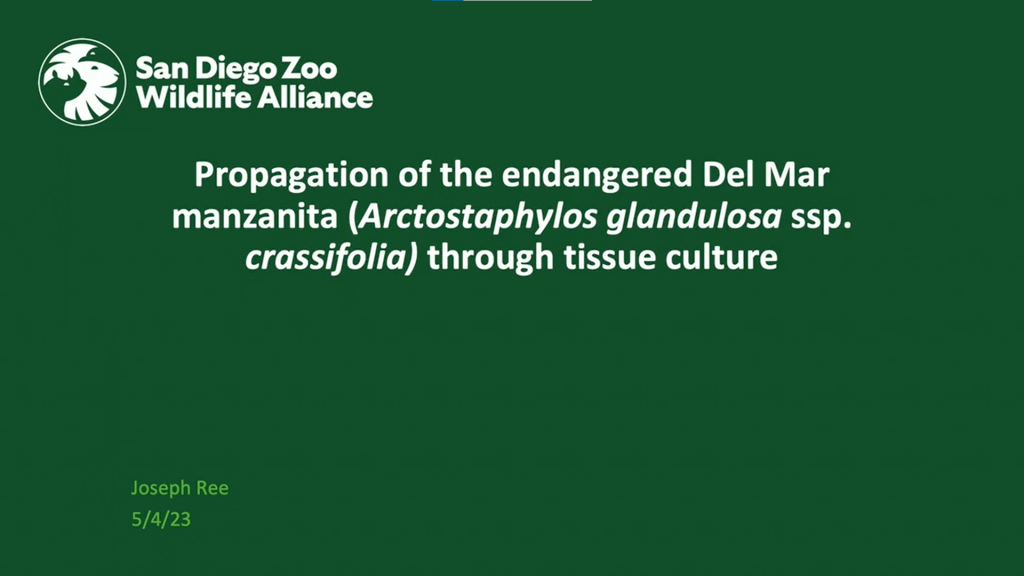
The Del Mar manzanita (Arctostaphylos glandulosa ssp. crassifolia) is an endangered perennial shrub native to San Diego County, CA, USA. Although their seeds may be banked for years, germination rates are exceedingly low. Scarification, acid exposure, and heat shock require considerable time and effort to achieve improved germination rates. Tissue culture is a viable alternative. […]
Read More…
showing new axillary buds in a test tube on June 12, 46 days after inoculation. […]
Read More…
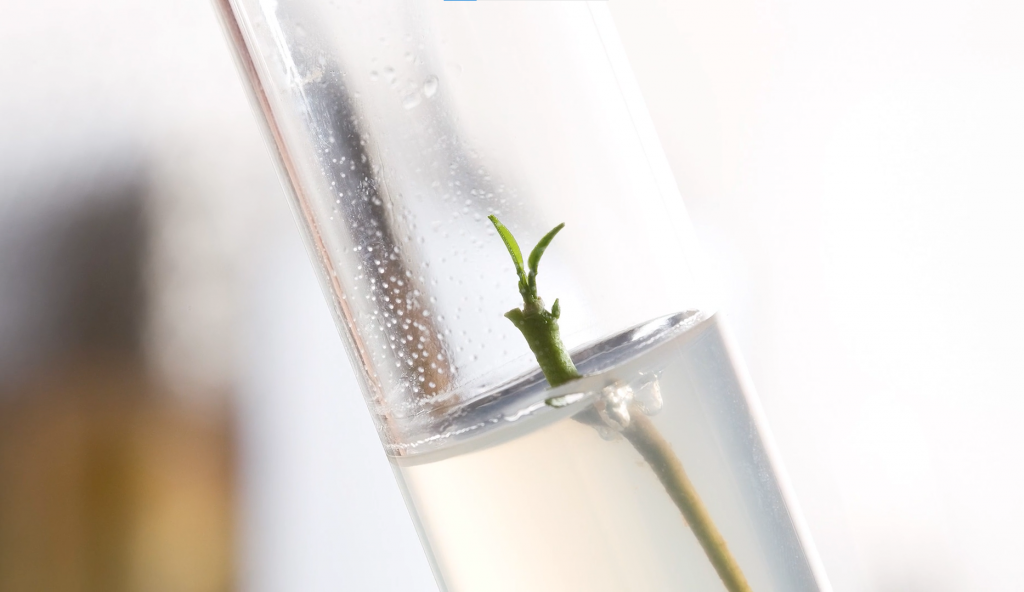
When genebanks must cryopreserve a diverse range of clonally propagated plants, it is often most effective to preserve their shoot tips–tiny growing points in their tissues. USDA’s Remi Bonnart discusses the circumstances for which shoot tip cryopreservation is appropriate, and shows how a variety of shoot tips preservation methods are used to preserve grape, strawberry, […]
Read More…
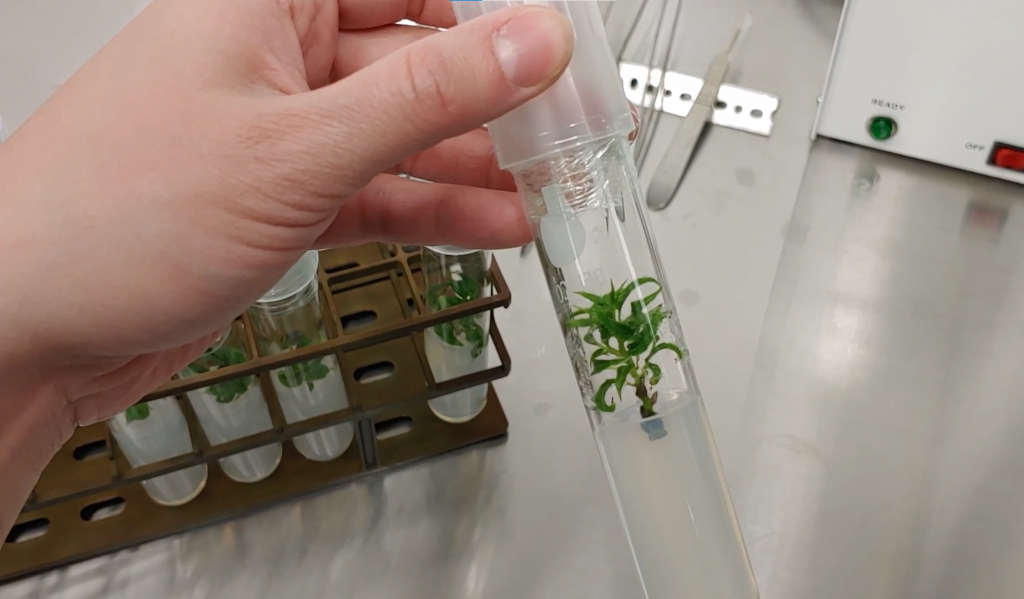
Cryopreservation is a technology that allows genebanks to preserve plant genetic resources on a long-term basis. USDA’s Jennifer Kendall discusses how cryopreservation is used at the National Laboratory for Genetic Resources Preservation to preserve clonal material–that is tissue that contains the exact same genetic makeup as the source plant–in liquid nitrogen. This video was made […]
Read More…
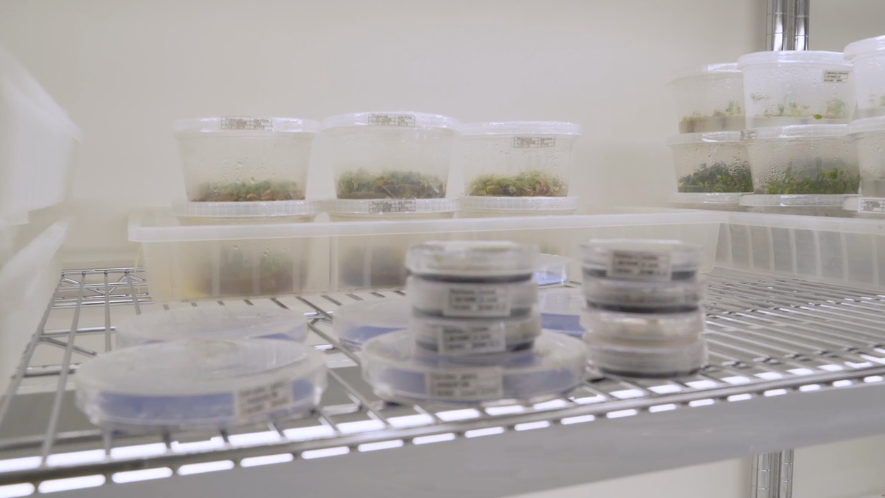
Orchids are known to be quite difficult to propagate as they typically require fungal symbionts during their germination. In this video, Jason Ligon and Tito Tomei explain how to propagate orchids in the lab using sterile micropropagation techniques. They show each step and emphasize how important sterility is for the process. This video was made […]
Read More…
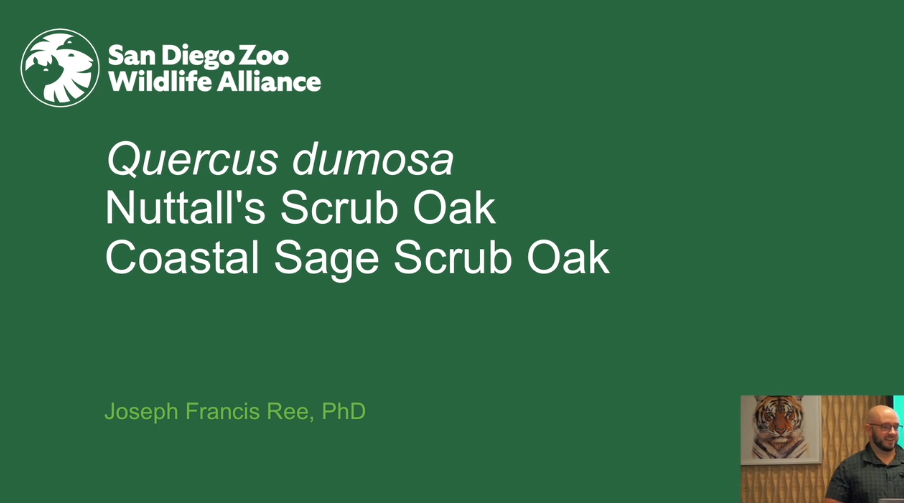
San Diego Zoo Wildlife Alliance postdoc, Dr. Joe Ree, presented some of his work with Quercus dumosa at the 2021 Channel Islands and California Native Oak Workshop. Dr. Ree is working with tissue cultures to try and establish a method of propagating this rare scrub oak. He hopes to further preserve the tissues using cryopreservation […]
Read More…
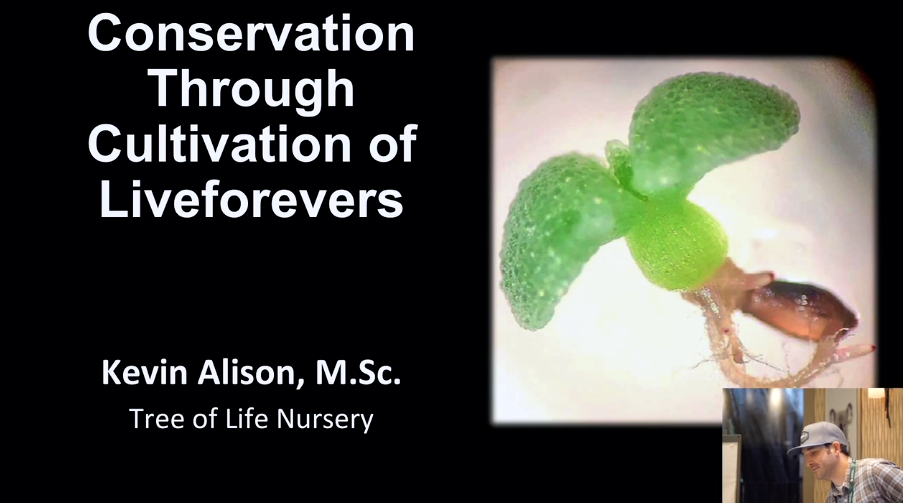
Kevin Alison from the Tree of Life Nursery presents Dudleya propagation research that the nursery is currently conducting. He addresses threats the genus Dudleya faces including habitat loss and extreme poaching. Utilizing tissue culture methods, Kevin seeks to bring more of these charismatic species to the nursery trade. He hopes that readily available plants can […]
Read More…
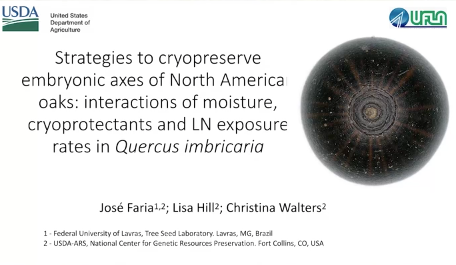
Jose Faria, Lisa Hill, Christina Walters, Tree Seed Laboratory, Federal University of Lavras, Brazil, USDA-ARS, National Center for Genetic Resources Preservation, United States Quercus imbricaria is included in the red oak group (Lobatae) and is broadly distributed in the Midwestern US. The embryonic axes are about 1 mg dry mass and have 0.68 g H2O/g […]
Read More…
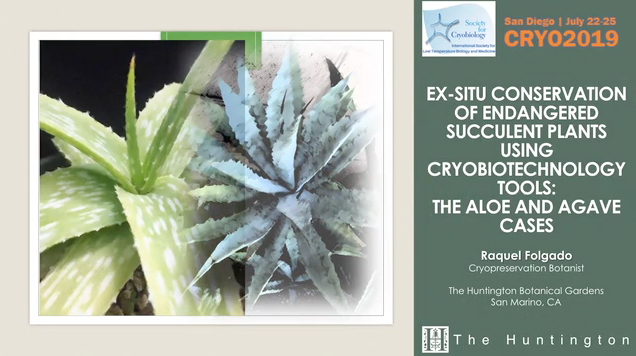
Josette Tin, Taylor La Val, Sean Lahmeyer, John Trager, Raquel Folgado*, The Huntington Library, Art Collections and Botanical Gardens, San Marino, CA., United States, *Speaker Succulent plants are significant to the horticultural industry, and they are also sources for food, fibers, medicines, and cosmetics. The main threats for the wild population of these often emblematic […]
Read More…
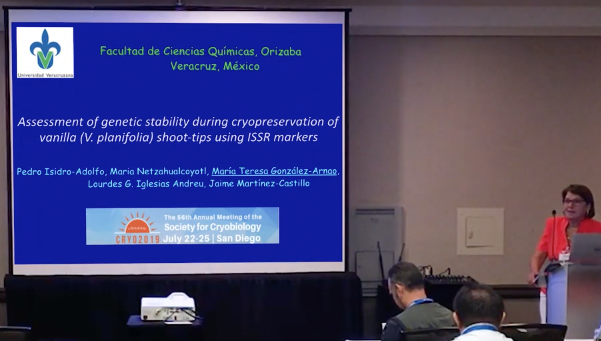
Maria Teresa Gonzalez-Arnao, Pedro Isidro-Adolfo, Maria F. NetzahualcoyotlMata, Lourdes G. Iglesias Andreu, Jaime Martínez-Castillo, University of Veracruz, INBIOTECA, CICY, In this study we used six selected ISSR primers (T05, T06, C07, UBC823, UBC825, UBC848) to evaluate the genetic stability during cryopreservation of vanilla (V. planifolia) shoot-tips subjected to a Droplet-Vitrification (D-V) protocol using PVS2 solution for dehydration. We […]
Read More…
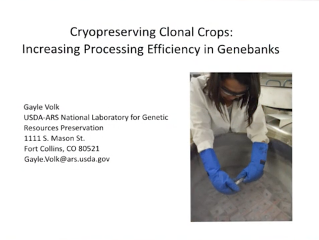
Gayle Volk, USDA ARS National Laboratory for Genetic Resources Preservation, United States The USDA-ARS National Plant Germplasm System has over 30,000 clonally maintained accessions within its field, screenhouse, greenhouse, and tissue culture collections. These fruit, nut, tuber, and bulb crop collections are usually not duplicated at secondary locations and are vulnerable to biotic, abiotic, and climatic threats. Only about 15% of […]
Read More…



